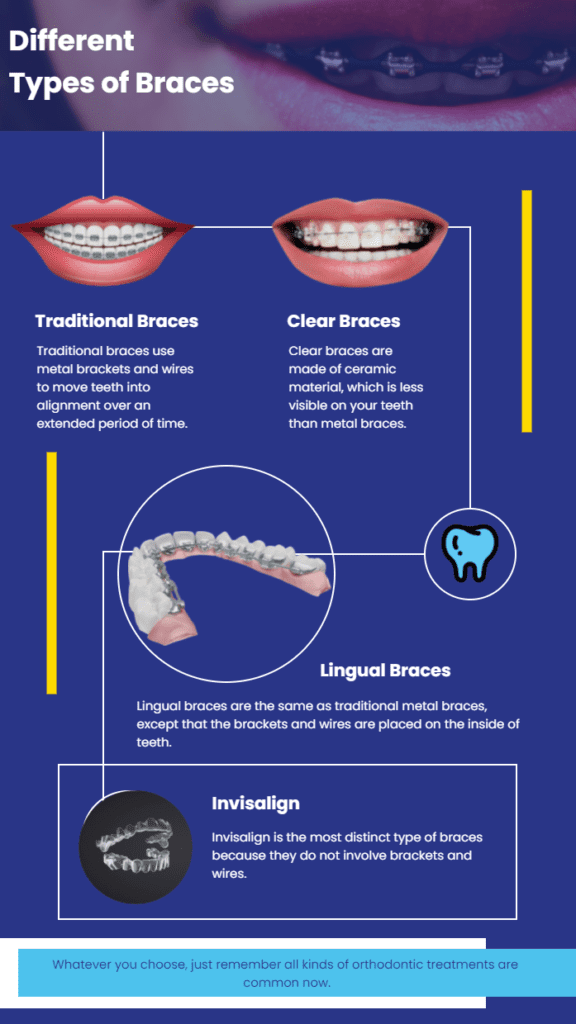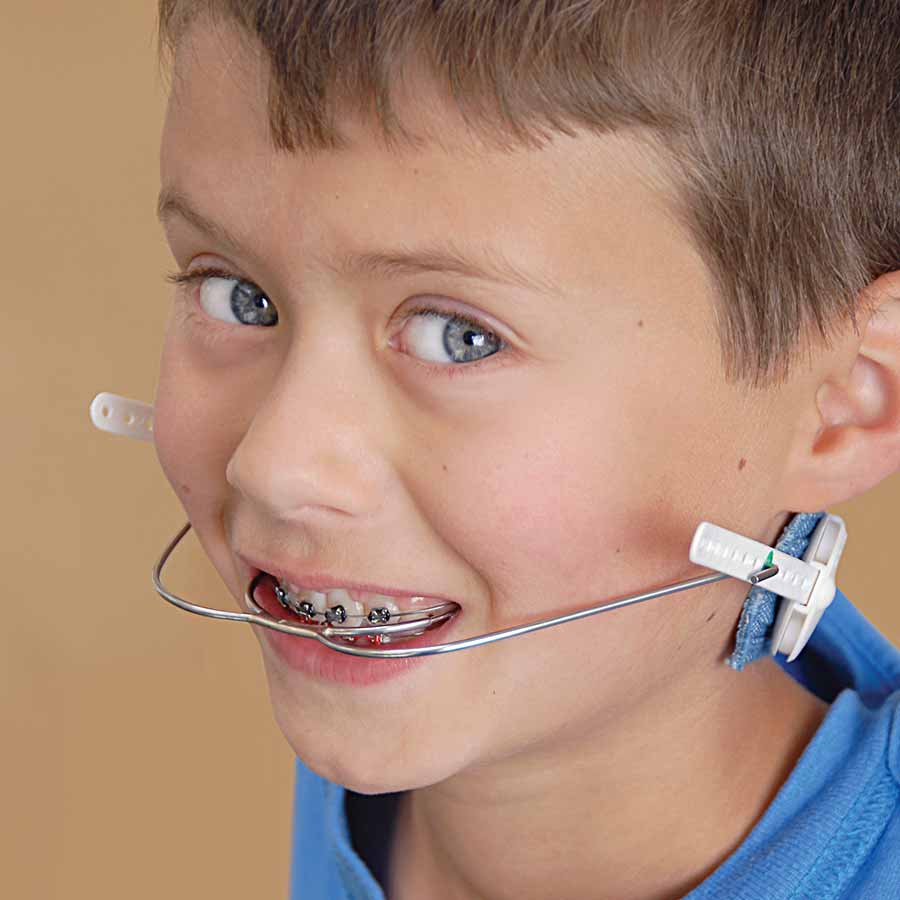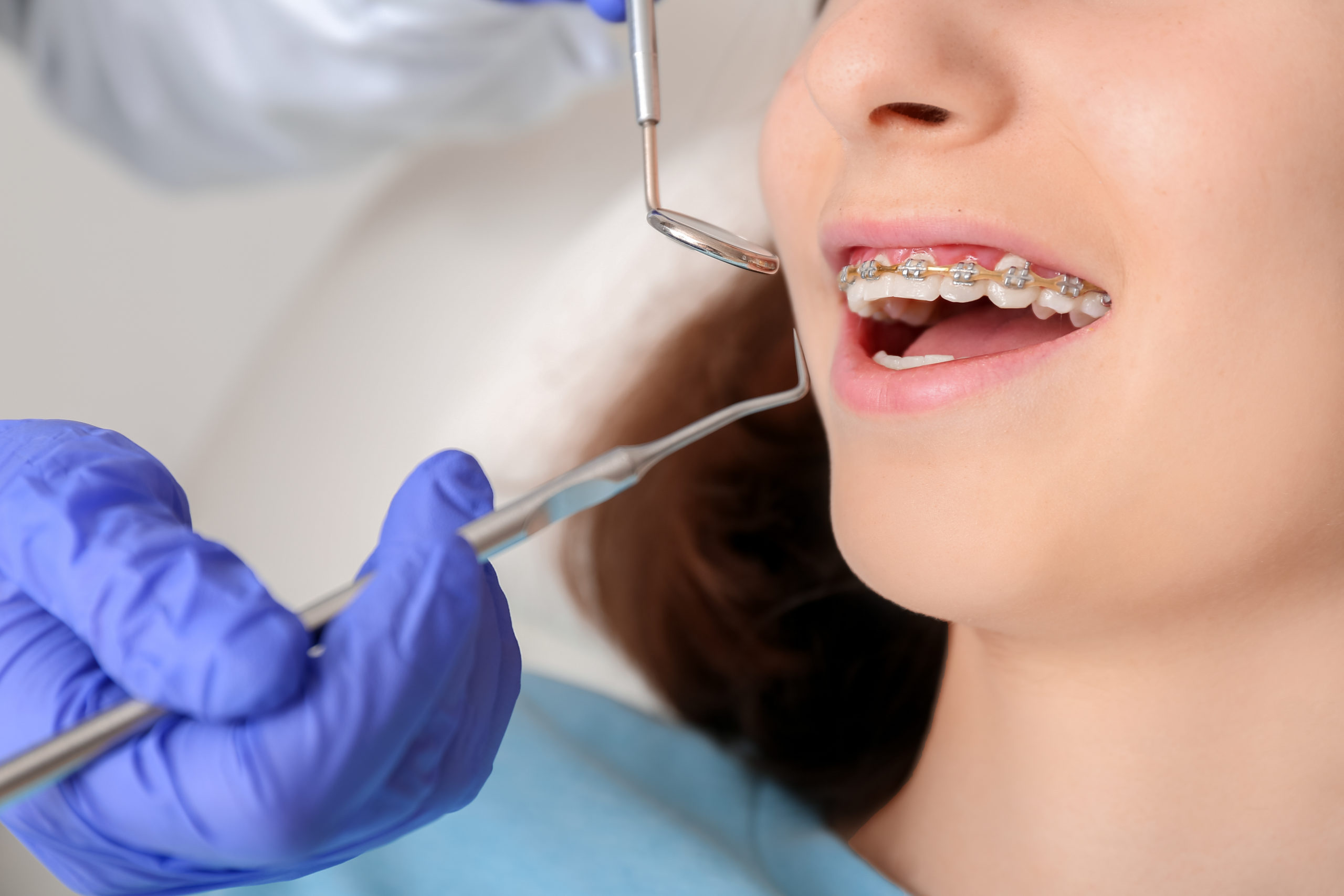Comprehensive Guide to Orthodontics Procedures for Correcting Oral Imbalances
Recognizing the complexities of each treatment, including their devices, benefits, and prospective downsides, is vital in making informed decisions regarding one's orthodontic therapy. As we browse via the extensive overview to orthodontic treatments for fixing dental misalignments, the elaborate information of each approach will unfold, shedding light on the path towards a unified and practical oral positioning.
Orthodontic Procedures Summary

Normal modifications and surveillance are crucial components of orthodontic treatment to make certain progression is on track and to make any required alterations along the method. By undergoing orthodontic procedures, patients can not just achieve a straighter smile yet additionally boost their total dental health and wellness and feature.
Conventional Braces: Just How They Work
When thinking about orthodontic treatments for dental imbalances, conventional dental braces stand out as a time-tested technique for fixing teeth positioning. Standard braces include braces, cables, and bands that collaborate to apply continual stress on the teeth, slowly moving them right into the desired alignment. The braces are affixed to the teeth using an unique adhesive, and the cords are threaded via the braces. By readjusting the stress of the wires, orthodontists can control the direction and force put on each tooth, guiding them into correct positioning gradually.
As pressure is applied to the teeth through the braces, the bone bordering the teeth is improved to support the brand-new tooth positions. Individuals will need normal changes at the orthodontist's workplace to make certain the dental braces continue to apply the correct stress for reliable teeth movement.
Unseen Aligners: Cons and pros
Undetectable aligners offer a discreet and convenient alternative to typical braces for remedying dental imbalances. These clear, customized trays are virtually undetectable when used, making them an appealing alternative for people looking for an extra visually pleasing orthodontic treatment. One of the primary advantages of undetectable aligners is their removability, permitting simpler upkeep of oral hygiene contrasted to typical braces. Clients can eliminate the aligners before eating or cleaning their teeth, lowering the risk of food getting embeded the home appliance and simplifying the cleaning procedure.

Surgical Orthodontic Options
Surgical interventions in orthodontics existing viable alternatives for dealing with complex dental misalignments that may not be successfully fixed through traditional orthodontic treatments. While invisible aligners and traditional dental braces can deal with lots of orthodontic problems, specific instances need medical treatment to accomplish optimum outcomes. Surgical orthodontic alternatives are typically recommended for serious malocclusions, considerable jaw inconsistencies, and instances where the underlying bone framework needs modification to attain correct placement.
One common medical orthodontic procedure is orthognathic surgical procedure, which includes repositioning the jaws to correct useful concerns such as trouble speaking or chewing. This surgical procedure is commonly performed in partnership with an orthodontist who assists align the teeth before and after the procedure. Surgical orthodontics may see this likewise include procedures to subject influenced teeth, eliminate excess gum tissue, or improve the jawbone to develop a much more unified face profile.
Prior to taking into consideration medical orthodontic options, patients undertake a comprehensive assessment to establish the requirement and potential benefits of such interventions. invisalign. While surgical procedure might seem complicated, it can considerably boost both the feature and appearances of the smile in cases where conventional orthodontic therapies fail
Retainers and Post-Treatment Care

Post-treatment treatment involves complying with the orthodontist's instructions faithfully. This might include appropriate oral hygiene methods, attending follow-up visits, and wearing the retainers as recommended. Failure to abide with post-treatment care directions can result in relapse, where the teeth slowly return towards their original settings. Constant retainer wear, excellent oral health, and routine oral exams are vital for preserving the outcomes attained via orthodontic surgical treatment and making sure the long-term security of the corrected oral alignment.
Final Thought
Finally, orthodontic treatments offer various choices for fixing dental misalignments. Typical braces use steel brackets and cords to change teeth into appropriate placement. Unseen aligners give an even more very discreet choice however may not be appropriate for all instances. Surgical orthodontic choices are readily available for extra severe misalignments. Retainers are frequently used post-treatment to preserve the new placement. Overall, orthodontic procedures can successfully enhance dental health and aesthetic appearance.
As we navigate with the comprehensive overview to orthodontic procedures for remedying dental imbalances, the elaborate information of each method will certainly unfold, losing light on the course toward a useful and unified dental placement. - cumming braces
One of the most usual orthodontic therapies is the usage of braces, which consist of metal brackets and wires that use mild stress to progressively change teeth into the wanted position.When considering orthodontic treatments for oral imbalances, conventional braces stand out as a reliable approach for remedying teeth placing. In addition, undetectable aligners might not be appropriate for complicated orthodontic issues that require even more significant teeth activity, as they are normally suggested for mild to moderate situations. Retainers are customized orthodontic devices developed to hold affordable dental clinic teeth in their remedied settings after the conclusion of orthodontic therapy.